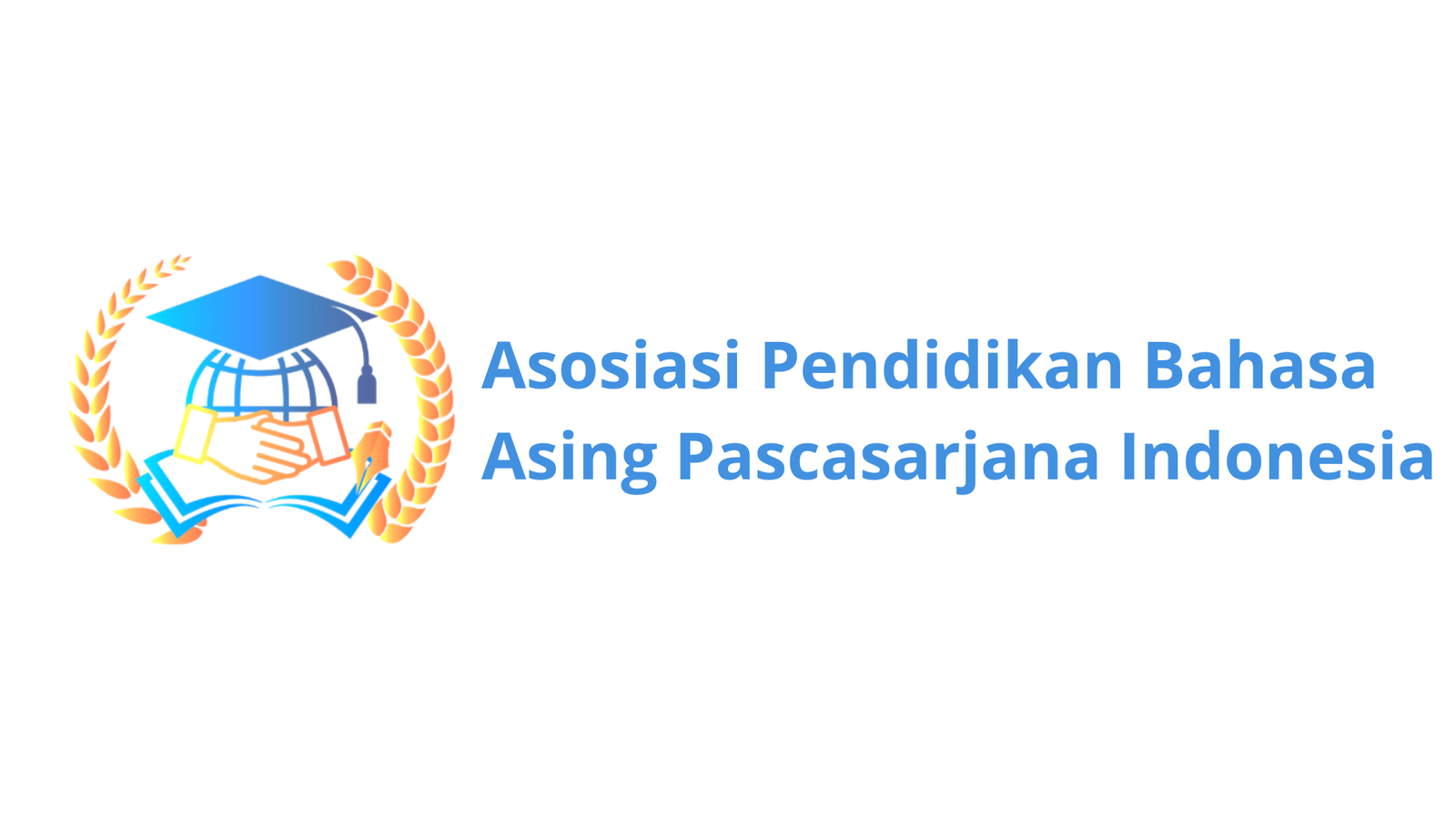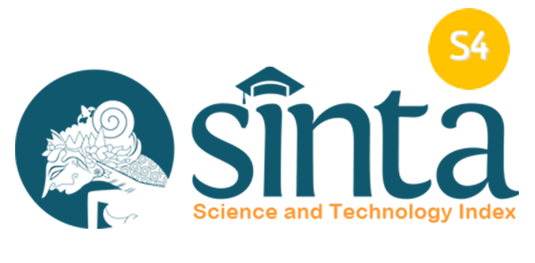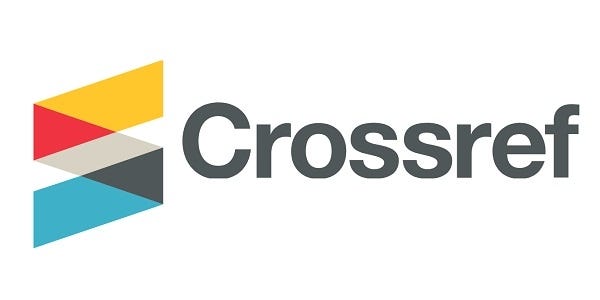Differentiated English Learning Material for Elementary School Students
DOI:
https://doi.org/10.36663/tatefl.v5i2.815Keywords:
Emancipated Curriculum, Differentiated English Learning Material, Learning Style, Digital Textbook, Elementary SchoolAbstract
This study aimed at developing additional materials for digital English textbooks that are differentiated according to the Merdeka curriculum for fifth-grade students in Denpasar schools. By following the D&D method which uses the ADDE (analysis, Design, Development and Evaluation) model from Richey Klein (2014), the data in this study were analyzed using a mixed method, namely quantitative and qualitative analysis. This study explains the defiance presented in the manual so that additional materials are developed based on student needs. The research process begins with analyzing the textbook then compiling a blueprint that will be used in designing additional materials then developing the materials through the Canva application and evaluating those provided by experts and teachers related to additional digital materials. The results show that the material is very effective and suitable for use in fifth-grade elementary schools because the material is in accordance with the students' learning styles. This study was conducted to provide information to educators, researchers in developing differentiated materials according to the Emancipated curriculum and the needs desired by students in the learning process in the classroom through digital media.
Downloads
References
Afidah, N., & Hanifah, H. (2018). Developing textbook by using reading strategic based instruction method for Shariah Economy Department. JEES (Journal of English Educators Society), 3(2), 155–164. https://doi.org/10.21070/jees.v3i2.1552 DOI: https://doi.org/10.21070/jees.v3i2.1552
Alqunayeer, H. S., & Zamir, S. (2015). Identifying learning styles in EFL classroom. International Journal of Learning and Teaching, 1(2), 82–87. https://doi.org/10.18178/ijlt.1.2.82-87 DOI: https://doi.org/10.18178/ijlt.1.2.82-87
Asri, I. V. (2013). The evaluation of English textbook entitled Active English 5 for The Fifth Grade of Elementary School based on Rajan ’s theory. Muhammadiyah University of Surakarta.
Astria, R., & Kusuma, A. B. (2023). Analisis pembelajaran berdiferensiasi untuk meningkatkan kemampuan berpikir kreatif matematis. Proximal: Jurnal Penelitian Matematika dan Pendidikan Matematika, 6(2), 112–119. https://doi.org/10.30605/proximal.v6i2.2647 DOI: https://doi.org/10.30605/proximal.v6i2.2647
Dhirapriyani, K., Suprianti, G. A. P., & Budiartha, L. G. R. (2024). Empowering first- grade students ’ learning : Enhancing education through English E-Storybooks aligned with the emancipated curriculum. The Art of Teaching English as a Foreign Language, 5(1), 32–48. https://doi.org/10.36663/tatefl.v5i1.665 DOI: https://doi.org/10.36663/tatefl.v5i1.665
Ferdiawan, I. K. T., Ratminingsih, N. M., & Adnyani, L. D. S. (2021). Graphic novel development as a reading media for increasing literacy skill of 8th Grade junior high school students. The Art of Teaching English as a Foreign Language, 2(1), 89–101. https://doi.org/10.36663/tatefl.v2i1.123 DOI: https://doi.org/10.36663/tatefl.v2i1.123
Hasanah, L. W., Silalahi, H., & Utama, N. B. P. (2023). Strategi pembelajaran berdiferensiasi pada pembelajaran Matematika Materi keliling bangun datar kelas IV sekolah dasar. Jurnal Didaktika Pendidikan Dasar, 7(1), 237–258. https://doi.org/10.26811/didaktika.v7i1.1064 DOI: https://doi.org/10.26811/didaktika.v7i1.1064
Hertiki, H. (2018). Developing English teaching materials for young learners. Jet Adi Buana, 3(1), 29–39. https://doi.org/10.36456/jet.v3.n1.2018.1541 DOI: https://doi.org/10.36456/jet.v3.n1.2018.1541
Makdis, N. (2020). Penggunaan e-book pada era digital. Al-Maktabah, 19(1), 77–84. https://journal.uinjkt.ac.id/index.php/al-maktabah/article/view/21058/0
Miles, M. B., Huberman, A. M., & Saldana, J. (2014). Qualitative data analysis: A methods sourcebook (3rd ed.). SAGE Publications.
Muluk, S., Habiburrahim, H., & Rechal, S. R. (2020). Students’ awareness and perception towards learning styles. JURNAL ILMIAH DIDAKTIKA: Media Ilmiah Pendidikan Dan Pengajaran, 20(2), 143. https://doi.org/10.22373/jid.v20i2.5229 DOI: https://doi.org/10.22373/jid.v20i2.5229
Novianti, P., & Ambarwati, E. K. (2023). A textbook analysis of “My Next Words” for the Fifth grade elementary school. Jo-ELT (Journal of English Language Teaching, 10(1), 12-25. https://doi.org/10.33394/jo-elt.v10i1.6972 DOI: https://doi.org/10.33394/jo-elt.v10i1.6972
Nurkancana, W. (1986). Evaluasi Pendidikan. Usaha Nasional.
Pradnyana, G. T., Santosa, M. H., & Saputra, I. N. P. H. (2022). Teacher’s and young learners’ needs in English teaching and learning environment. The Art of Teaching English as a Foreign Language, 3(2), 111–117. https://doi.org/10.36663/tatefl.v3i2.280 DOI: https://doi.org/10.36663/tatefl.v3i2.280
Rahayuningsih, F. (2022). Internalisasi filosofi pendidikan Ki Hajar Dewantara dalam mewujudkan profil pelajar Pancasila. SOCIAL : Jurnal Inovasi Pendidikan IPS, 1(3), 177–187. https://doi.org/10.51878/social.v1i3.925 DOI: https://doi.org/10.51878/social.v1i3.925
Rahmanita, R. A., Ratminingsih, N. M., & Juniarta, P. A. K. (2021). Developing an android-based English reading material for the Eighth grade students in Mtsn Karangasem. The Art of Teaching English as a Foreign Language, 2(1), 102–112. https://doi.org/10.36663/tatefl.v2i1.179 DOI: https://doi.org/10.36663/tatefl.v2i1.179
Richey, R. C., & Klein, J. D. (2014). Design and development research. In Handbook of research on educational communications and technology (pp. 141–150). Springer. https://doi.org/10.1007/978-1-4614-3185-5 DOI: https://doi.org/10.1007/978-1-4614-3185-5_12
Sintayani, N. L., Padmadewi, N. N., & Budiarta, L. G. R. (2022). Developing ICT-based learning media using Powtoon for teaching descriptive text. The Art of Teaching English as a Foreign Language, 3(2), 127–137. https://doi.org/10.36663/tatefl.v3i2.430 DOI: https://doi.org/10.36663/tatefl.v3i2.430
Tomlinson, B., & Masuhara, H. (2018). The complete guide to the theory and practice of materials development for language teaching. Wiley Blackwell.
Tomlinson, C. A. (2011). How to differentiate instruction in mixed-ability classrooms. Association for Supervision and Curriculum Development.
Downloads
Published
How to Cite
Issue
Section
License
Copyright (c) 2024 Pande Made Mela Ariani, Ni Wayan Surya Mahayanti, Luh Gd Rahayu Budiarta

This work is licensed under a Creative Commons Attribution-ShareAlike 4.0 International License.
License Terms
- Attribution — You must give appropriate credit, provide a link to the license, and indicate if changes were made. You may do so in any reasonable manner, but not in a way that suggests the licensor endorses you or your use.
- ShareAlike — If you remix, transform, or build upon the material, you must distribute your contributions under the same license as the original.
- No additional restrictions — You may not apply legal terms or technological measures that legally restrict others from doing anything the license permits.


















